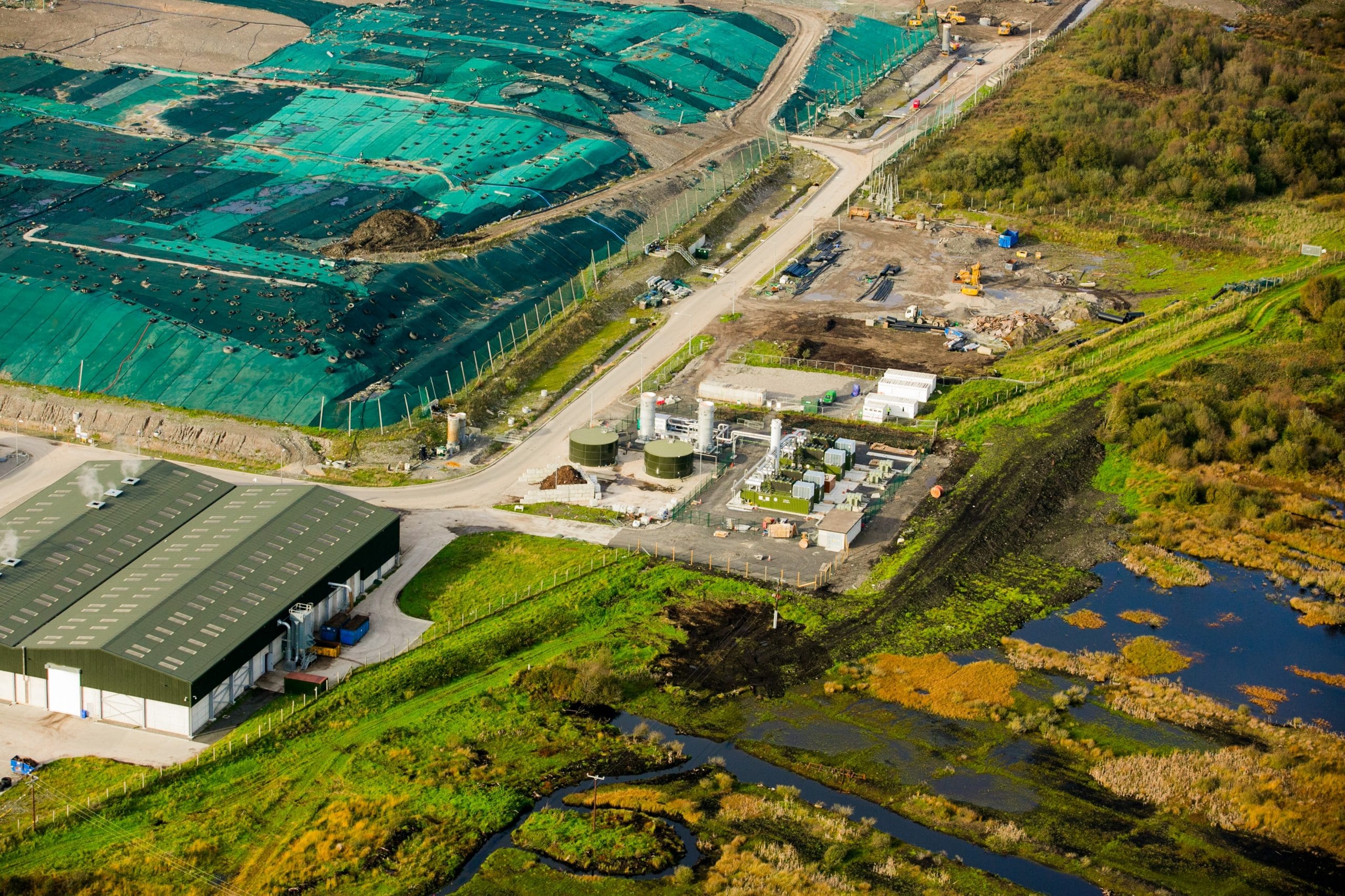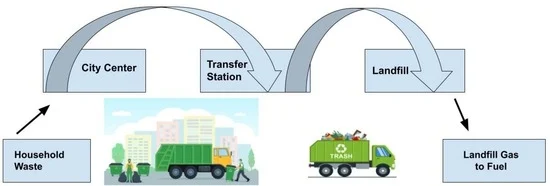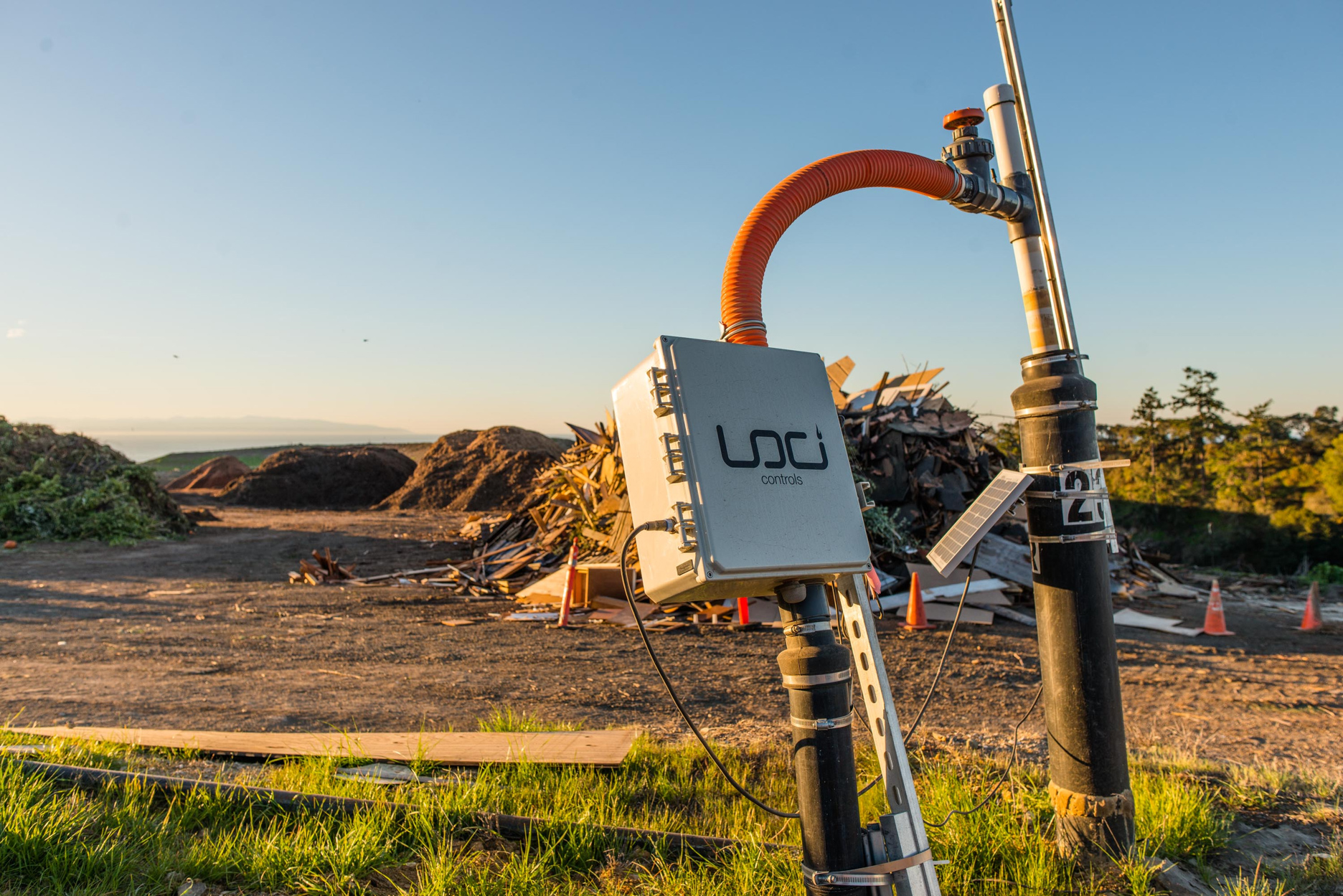
Introduction
This article addresses the pressing issue of methane emissions from landfills and explores the potential of converting landfill gas into renewable energy. It highlights the relevance and importance of these projects in mitigating climate change and emphasizes the environmental and economic benefits they offer.
Historical Background
Landfill gas-to-energy projects have evolved alongside efforts to reduce methane emissions. They have played a crucial role in mitigating climate change and have witnessed significant advancements over time.
Key Concepts and Definitions
To understand landfill gas-to-energy projects, it is important to define key concepts such as methane emissions, landfill gas, and renewable energy. This section also explores the process of capturing and utilizing methane gas from landfills for energy production.
Main Discussion Points
Benefits of landfill gas-to-energy projects
Landfill gas-to-energy projects provide a wide range of benefits, including significant environmental advantages such as reducing greenhouse gas emissions and improving air quality. Additionally, these projects offer economic benefits through revenue generation and job creation, while also contributing to energy production and resource conservation.

Technologies and methods used in landfill gas-to-energy projects
This section provides an overview of landfill gas collection systems and delves into the different types of energy conversion technologies employed in these projects, such as gas engines, turbines, and fuel cells. It also explores the integration of landfill gas-to-energy projects with existing energy infrastructure.
Policy and regulatory framework
Understanding the policy and regulatory landscape surrounding landfill gas-to-energy projects is crucial for their successful implementation. This section provides an overview of relevant national and international policies and regulations, discusses incentives and support mechanisms available for these projects, and explores the challenges and opportunities associated with policy implementation and enforcement.
Case Studies or Examples
Real-world examples of successful landfill gas-to-energy projects are presented in this section. These case studies highlight projects of varying scales and locations, showcasing the environmental and economic outcomes achieved through the implementation of landfill gas-to-energy initiatives.
Current Trends or Developments
This section discusses the latest trends in landfill gas-to-energy projects, including technological advancements and innovations. It also presents recent research findings that contribute to the understanding and improvement of these projects.

Challenges or Controversies
Addressing challenges associated with landfill gas-to-energy projects is crucial for their successful implementation. This section discusses technical challenges such as gas collection efficiency and system maintenance, as well as financial and economic challenges related to project viability and funding. Additionally, it explores public perception and community acceptance, highlighting potential controversies or differing viewpoints surrounding these projects.
Future Outlook
Speculating on the future implications and potential growth of landfill gas-to-energy projects, this section explores emerging technologies and opportunities for innovation. It also considers the role of these projects in achieving broader sustainability goals.
Conclusion
This article highlights the significance of landfill gas-to-energy projects in mitigating climate change and emphasizes the need for further research and action in this field.




